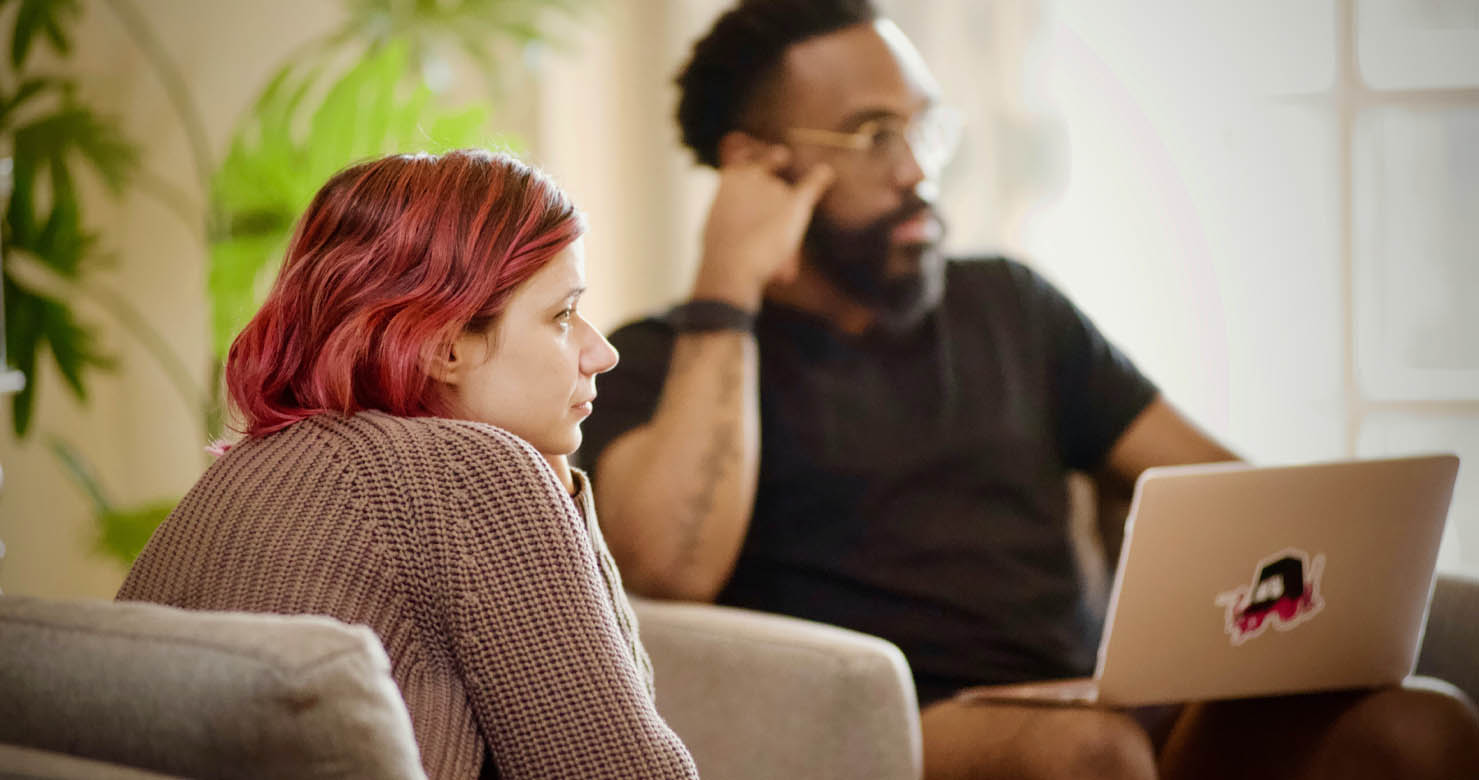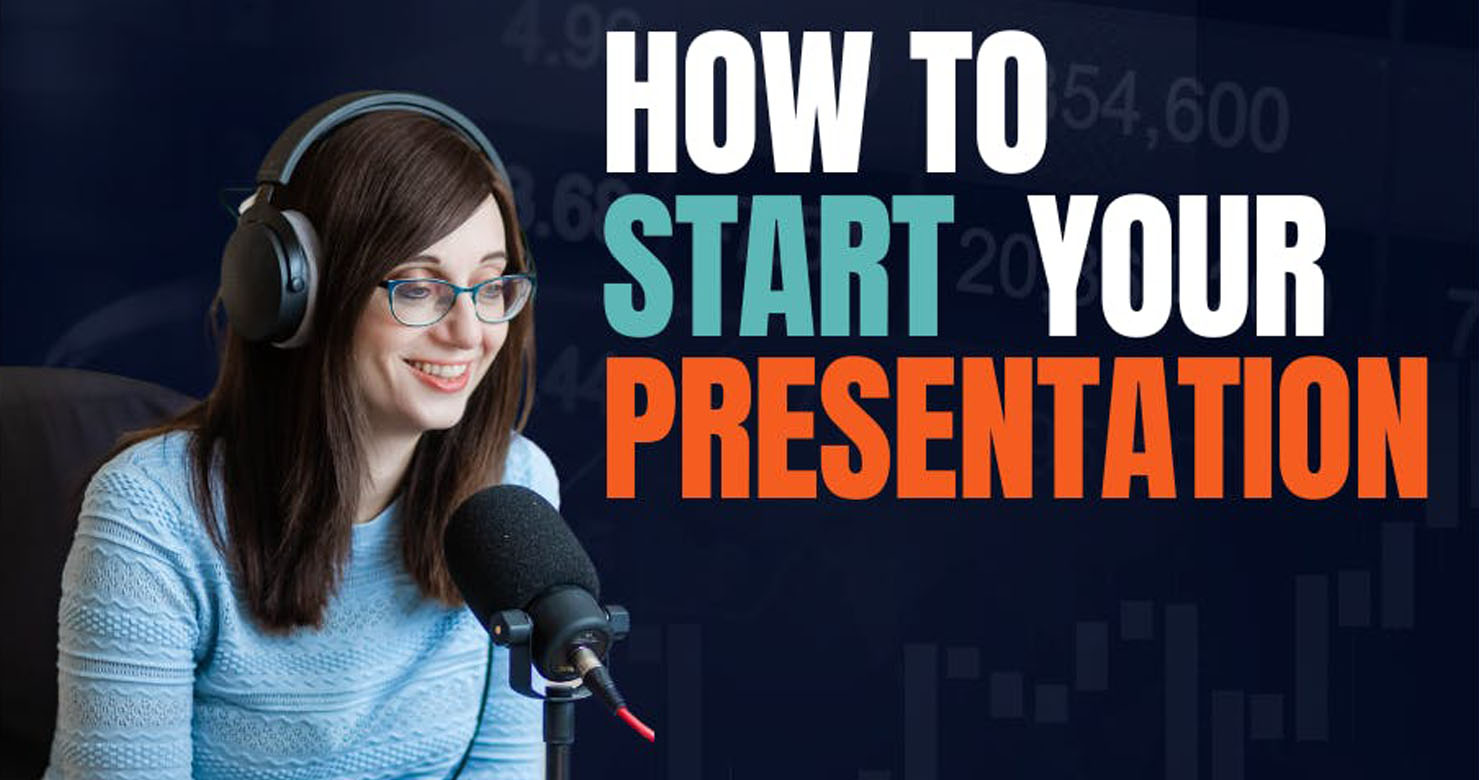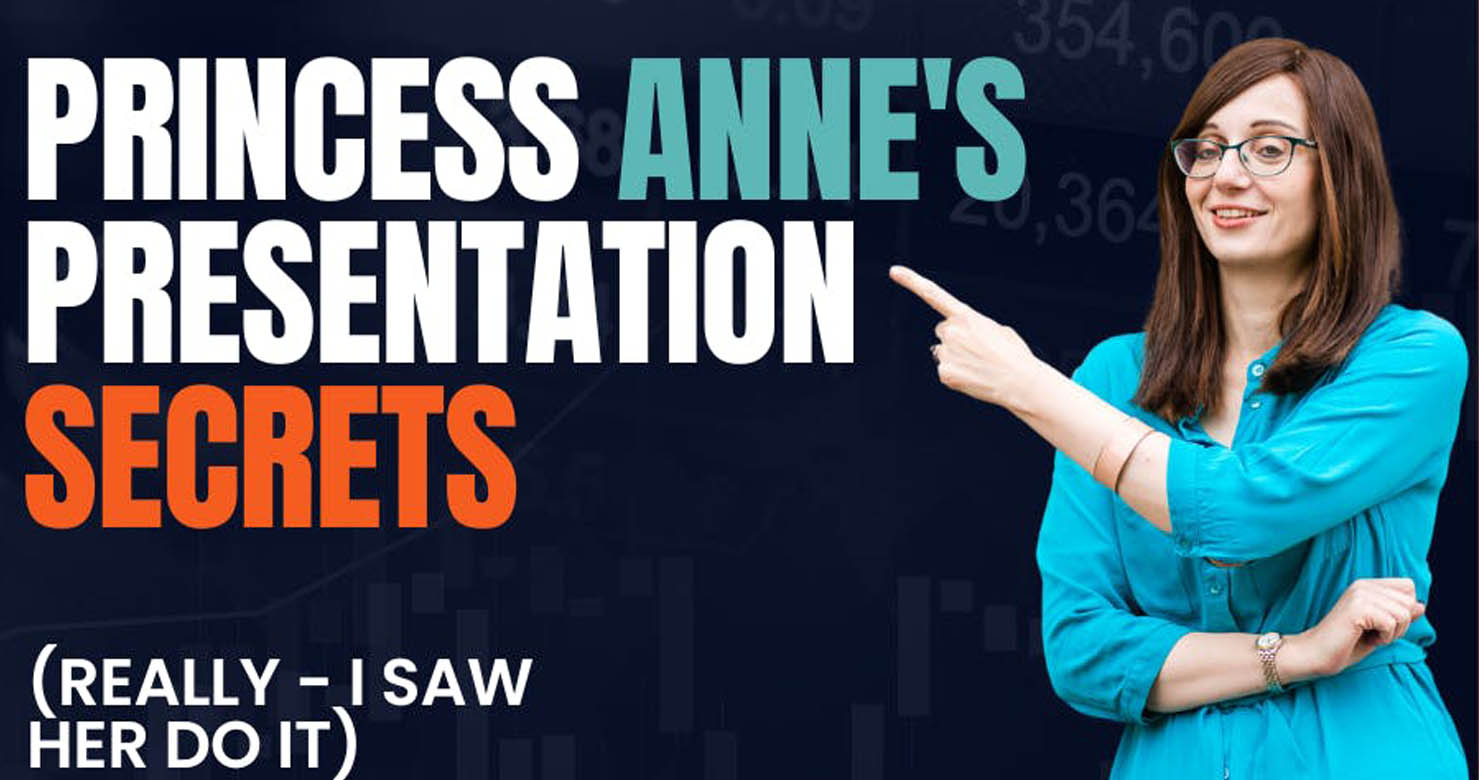
Hey Reader,
Did you know that we spend about 70% of our waking hours communicating, and listening makes up around 45% of that time?
Yet, most of us are not very good at it. Today we’ll discuss the incredible skill of active listening.
Unleash the Power of Connection Through Active Listening
As an educator and doctor, I’ve seen firsthand how active listening can turn average communicators into exceptional ones.
In a world of constant distractions and endless to-do lists, it’s easy to forget the importance of truly connecting with others. That’s where active listening comes in, and it’s more important today than ever before.
The Art of Active Listening:
Active listening is the ability to fully understand and respond to others by giving them your undivided attention and showing empathy.
It involves not just hearing, but truly listening to understand, retain, and respond thoughtfully. Imagine having more meaningful conversations, deeper relationships, and being the go-to problem solver at work.
Sounds pretty awesome, right? That’s the power of active listening.
To break it down further, active listening has three key components:
- Comprehension: Grasping the speaker’s message by paying attention to their words, tone, and body language.
- Retention: Remembering the information shared by the speaker.
- Response: Providing feedback, asking questions, and validating the speaker’s feelings.
In my own life, active listening has helped me build stronger connections with my friends, family, and coworkers. I try to take the time to truly understand people’s concerns.
Transform Your Life with Active Listening: The Benefits You Can’t Ignore
By mastering active listening, you’ll enjoy a plethora of benefits, such as:
- Improved relationships and conflict resolution: Active listening fosters trust, understanding, and open communication, leading to healthier relationships.
- Enhanced professional reputation and career opportunities: Being an active listener sets you apart in the workplace, making you a valuable team member and potential leader.
- Increased empathy and understanding of others’ perspectives: When we actively listen, we put ourselves in others’ shoes, fostering empathy and compassion.
Research shows that active listeners are more effective problem solvers and have higher levels of job satisfaction. Don’t let the fear of vulnerability or the misconception that “it’s all common sense” hold you back. Anyone can become an active listener with practice and dedication.
Master Active Listening in 4 Easy Steps: A Practical Guide for Success
Here’s a more detailed breakdown of the active listening process:
- Prepare yourself: Clear your mind, eliminate distractions, and adopt a curious mindset. Focus on the present moment and the conversation at hand.
- Listen intently: Focus on the speaker, avoid interrupting, and observe nonverbal cues. Be aware of your own body language and maintain eye contact to show you’re engaged.
- Reflect and respond: Summarize what you’ve heard, ask clarifying questions, and validate their emotions. Use phrases like “What I hear you saying is…” or “It sounds like you feel…” to demonstrate understanding.
- Put it into practice: Use active listening in everyday conversations and seek feedback from others to improve. Remember that it takes time and patience to develop this skill.
Resources like Julian Treasure’s TED Talk or the book “Just Listen” by Mark Goulston can be a great starting point for your journey.
Tackling the Hurdles: Strategies for Overcoming Active Listening Challenges
It’s normal to encounter challenges like distractions, impatience, or anxiety while learning. Here are some strategies to help you overcome these hurdles:
- Distractions: Create an environment conducive to active listening by minimizing distractions like background noise or your phone.
- Impatience: Remind yourself of the long-term benefits of active listening and practice mindfulness to stay present in the moment.
- Anxiety: Acknowledge your feelings and practice deep breathing or grounding techniques to remain calm and focused during conversations.
Remember to be patient with yourself, practice regularly, and seek support from friends, family, or a coach who can provide guidance and encouragement.
Stay on Track: Monitor Your Progress and Keep Yourself Accountable
Tracking your progress and staying accountable are crucial to your active listening journey. Consider the following methods to stay on track:
- Keep a journal to record your progress, reflect on your experiences, and set specific goals for improvement.
- Find an accountability partner or join a community of active listeners to share insights, challenges, and successes.
- Utilize apps or tools designed to help improve listening skills and track your development.
Your growth and transformation will be worth it, and you’ll find that active listening becomes more natural over time.
Active listening is an invaluable skill that can positively impact every aspect of your life. From building stronger relationships to enhancing your professional reputation, the benefits are endless. Start practicing today, and witness the transformation for yourself!
Happy Active Listening!




